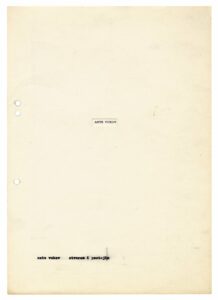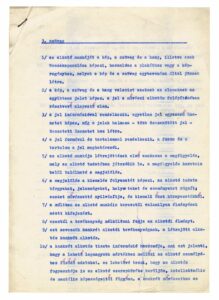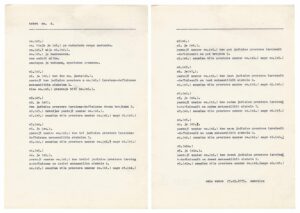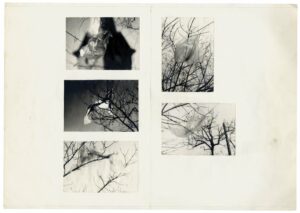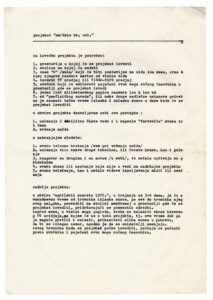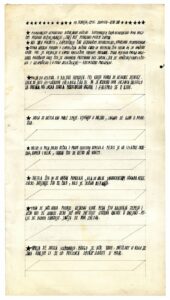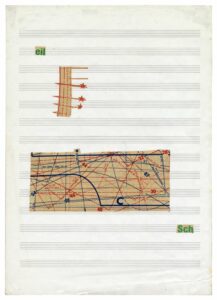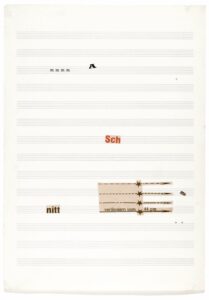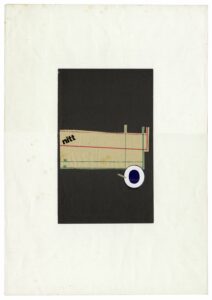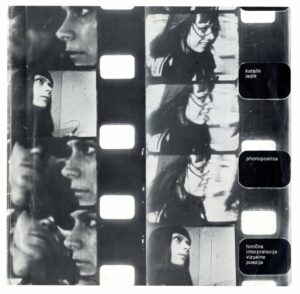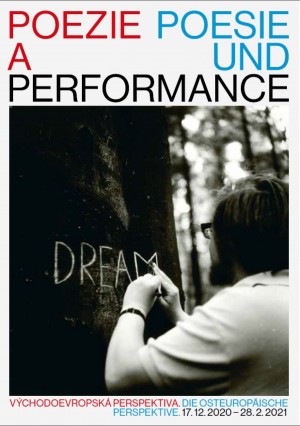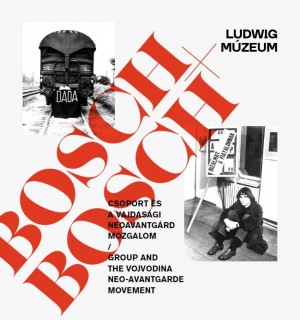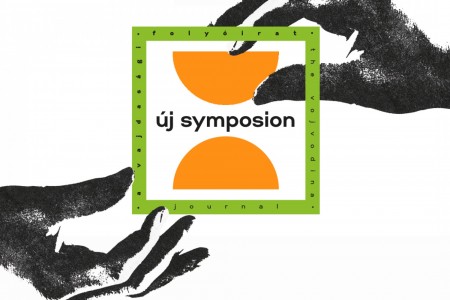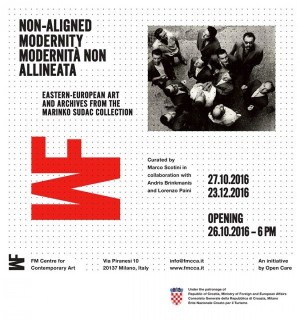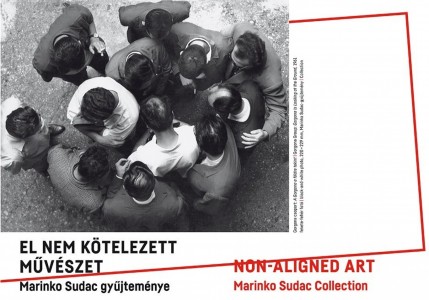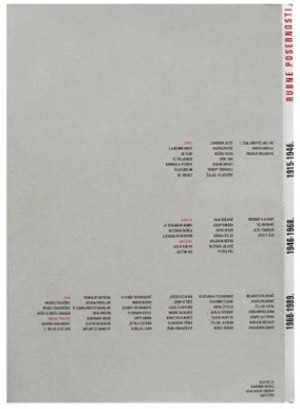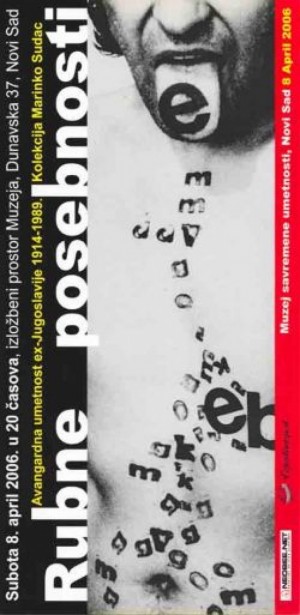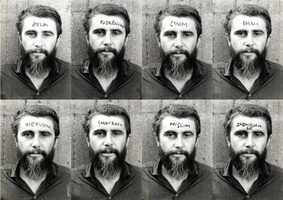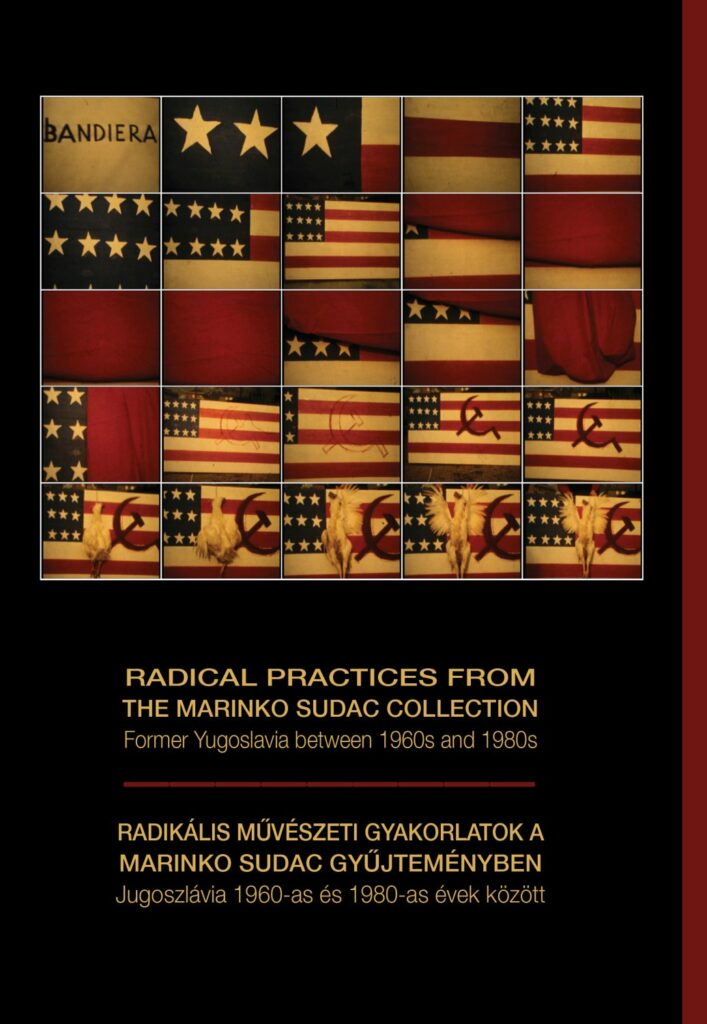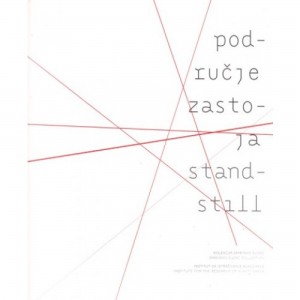BOSCH+BOSCH
RADOVI
Biografija
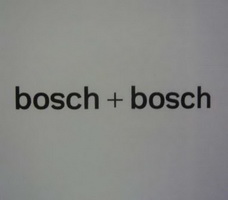
Ex Jugoslavija
1968-1989
What, in fact, is hidden under this unusual name Bosch + Bosch? It is a group of young artists founded in Subotica in 1969. The founder is Slavko Matković. Among the first members were Bálint Szombathy and László Szalma. In 1971, László Kerekes joined the group, in 1973 Attila Csernik and Katalin Ladik, and in 1975 Ante Vukov. During the group’s activity, as is often the case, some members were there only for a short amount of time. […] In 1976, the group ceased to exist, but its most agile representatives Slavko Matković, Bálint Szombathy and Katalin Ladik have continued to this day with intensive work and exhibition activities.
Similar to other groups from the initial stage of new artistic practice in Yugoslavia, Bosch + Bosch is characterised by extreme heterogeneity of expression. There is almost no then-contemporary procedure which has not been applied in the activities of members of this group. These procedures range from interventions in urban and natural environments to work with the artist’s body; from visual poetry to comics, the use of photography and film to the publication of unique artist publications. Szombathy rightly observes that the activity of the group, in fact, moves in a wide range of topics that fall under the term dematerialisation of the art object, in the sense of European art of the second half of the 1960s (Arte povera and other phenomena) based on the use of "poor" materials). There are no – which is quite understandable – examples of attachment to the Anglo-American model of a pure epistemological line of conceptual art (Kosuth, Art-Language, etc.). The main reason for this is that the motivations of the group’s members regularly had a "vitalistic" rather than analytical character. The question of analysis of the language of art itself was not raised, but the belief that art is an area of direct theses on the identification of the terms art and life. This is best confirmed by the group’s theorist Szombathy when he claims that "the view that equates life with art prevailed in the group". This is manifested in the fact that various phenomena from everyday life were given a possible artistic connotation, in the spirit of Mukařovský’s famous idea that "art is not a closed sphere, and therefore there is no fixed boundary that would separate art from what is outside it".
Acceptance and adherence to this belief are the reasons for the rapid initial development of the group’s activities between 1970-73. Still, there are also reasons for the equally rapid exhaustion of many ideas. This led some less secure members of the group to soon leave this area of expression after several tries.
The artists who set the underlying tone of the activities of the Bosch + Bosch Group are Slavko Matković and Bálint Szombathy. Both began by observing and choosing in their own living environment certain states and phenomena that they assume can be attributed to them by the very act of appropriation and adjustment by the artist as an attribute of an artistic event. Thus, in 1970, Matković made the first "visual essays" of textual and pictorial elements. The following year he switched to the use of concrete materials (styrofoam, wool, etc.) from which he builds situations in the spirit of poor art, and at the same time performs interventions in the natural environment, in the Land art spirit. Since 1973, he had been recording ideas that no longer required any subsequent materialisation, and this time led him to the belief that the work of an artist no longer had to be manifested in a visible work. It is enough, according to him, to think about art to be able to publicly say what is considered – "I am an artist", as he stated in a work-advertisement published in the daily press.
After this radical intervention, Matković mostly started dealing with comics in its anti-literary and anti-narrative status, analysing the language of comics as a kind of abstract visual and sign structure. Szombathy also starts by registering situations found in the environment and then provokes such cases himself, which he documents through the medium of photography (Bauhaus, Lenin in Budapest, 1972). He examines the relationships of different perceived reactions. He visualises the line configurations, which he obtains by looking at a TV screen broadcast of a football match, drawing on a sheet of paper the trajectory of the ball during all 90 minutes of play. (Footballogram, 1970). Like Matković, he deals with the annulment of the discursive character of the text and singles out its independent visual and signs components (Nontextualité, 1971). He intervenes in nature and then uses existing photographs of archaeological excavations that remind him of the works of Land Art and thus provokes the question of similarities and differences between the interventions of artists and interventions performed for other purposes and intentions. Intrigued by Roland Barthes’ structuralist views on photography, he began to think about the relationship between image and sign. This thinking led to a series he titled Visual Semiology of the Urban Environment, 1973. During all the activities of the group, he engaged in artistic communication by mail (Mail art), and later he also published unique artist’s books and publications (Knjiga = Knjiga, 1978).
The intensity of the work of other members of the group was lower because some of them, after the initial activity, left the artistic practice. In contrast, others joined the group in the last years of its sparse activity. Between 1970 and 1973, certain contributions were made by László Szalma with works in the spirit of visual poetry made from unused typographic signs and László Kerekes with works in the spirit of Land Art and interventions in the natural environment. In the final phase of the group’s activities, after 1973, new impulses were brought by Attila Csernik with works in the spirit of the subject (body) poetry and especially Katalin Ladik with performances in which she uses her truly exceptional vocal potential to create a kind of phonic poetry (in 1976 he published the record Phonopoetica).
[…] It is symptomatic that the group was founded and that it operated in Subotica, i.e. outside the "leading" centres, but that did not prevent its members from being up to date with the most current artistic events, from getting to know the nature of these events in detail. along with their own practice, they also deal with the theoretical foundation and interpretation of that practice (Matković’s contributions on conceptual art and new comics, and Szombathy on photography, visual poetry and artistic communication by mail). […]
Ješa Denegri, Retrospective of the Bosch + Bosch Group, Salon of the Museum of Contemporary Art, Belgrade, November-December 1980, Oko, 228, Zagreb, 11-25. XII 1980.
Projekti u kojima su izlagani radovi
umjetnički utjecaji
BOSCH+BOSCH utjecao je na:
Ex Čehoslovačka
1968-1989
Ex Jugoslavija
1968-1989
Ex Jugoslavija
1968-1989
Ex Jugoslavija
1968-1989
Ex Jugoslavija
1968-1989
Ex Jugoslavija
1968-1989
Ex Jugoslavija
1968-1989
Ex Jugoslavija
1968-1989
STUDIO-KAPELICA GYÖRGYJA GALÁNTAIJA
Mađarska
1968-1989
Ex Jugoslavija
1968-1989
Na BOSCH+BOSCH utjecali su:
Ex Jugoslavija
1968-1989
Ex Jugoslavija
1968-1989
Mađarska
1915-1946
Ex Jugoslavija
1968-1989
Ex Jugoslavija
1968-1989
Ex Jugoslavija
1968-1989
STUDIO-KAPELICA GYÖRGYJA GALÁNTAIJA
Mađarska
1968-1989
Mađarska
1968-1989
Ex Čehoslovačka
1968-1989
Ex Čehoslovačka
1968-1989
Ex Jugoslavija
1946-1968
Ex Jugoslavija
1968-1989
Ex Jugoslavija
1968-1989
Ex Jugoslavija
1968-1989


